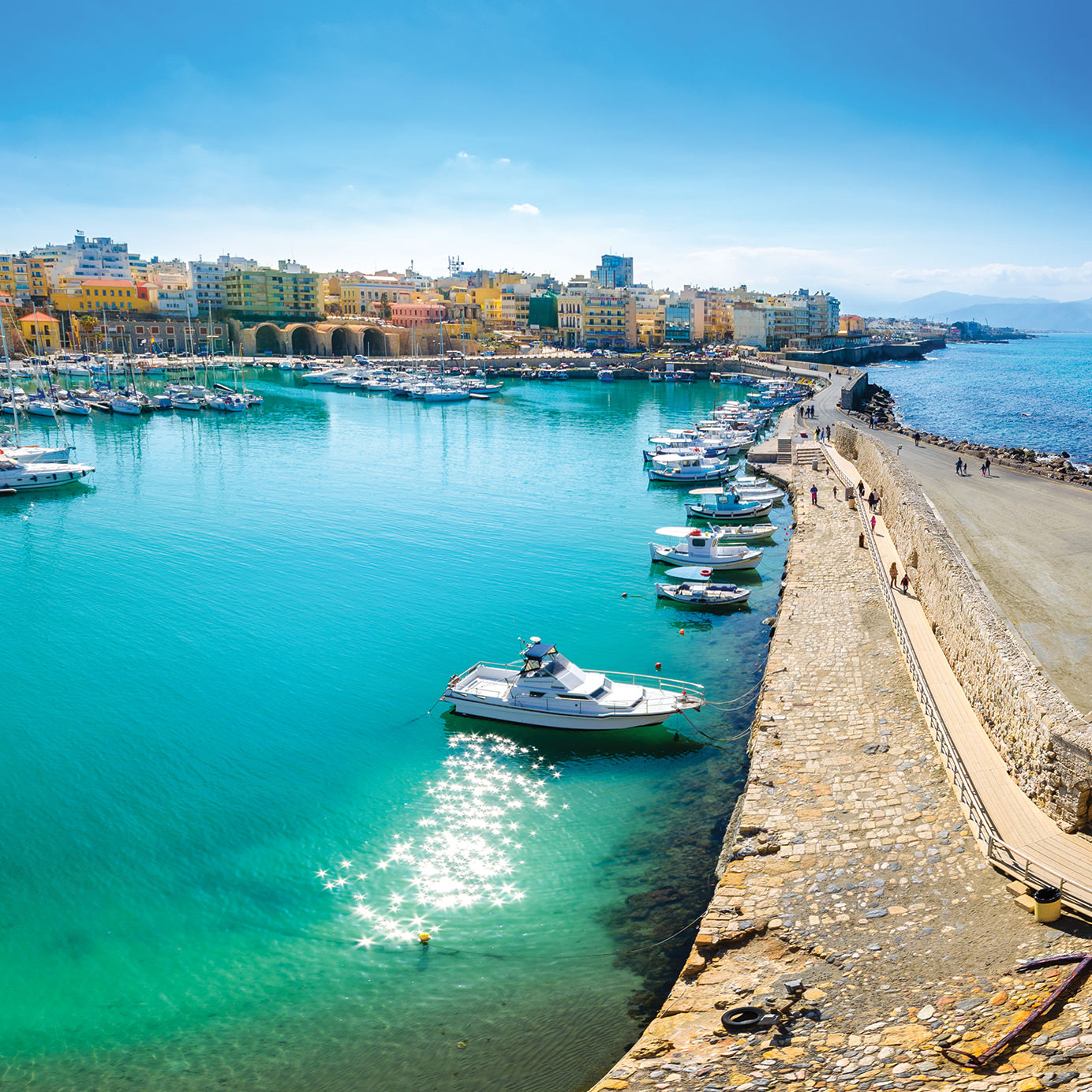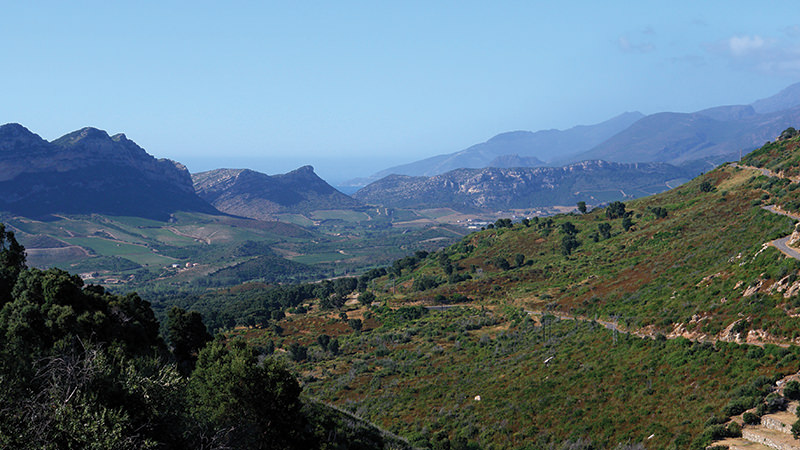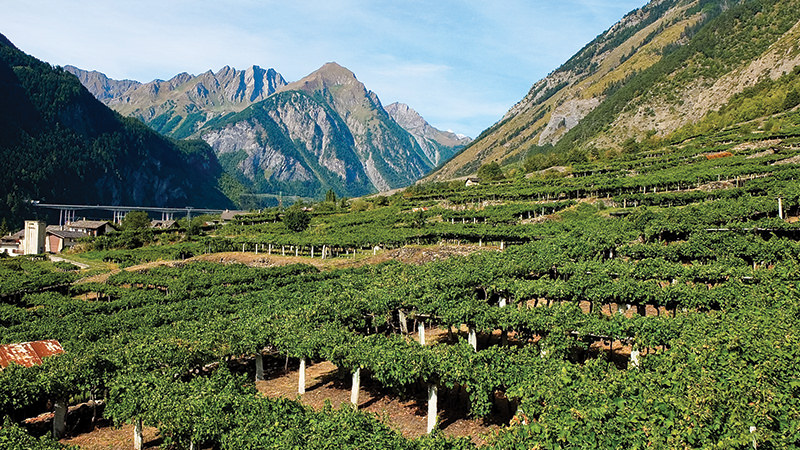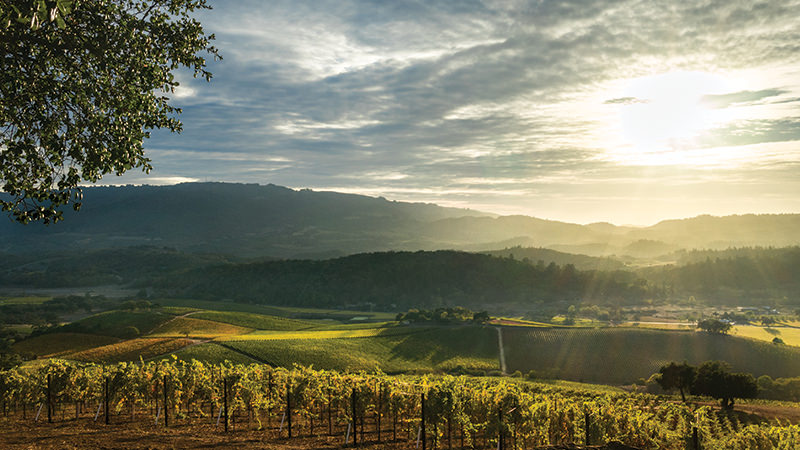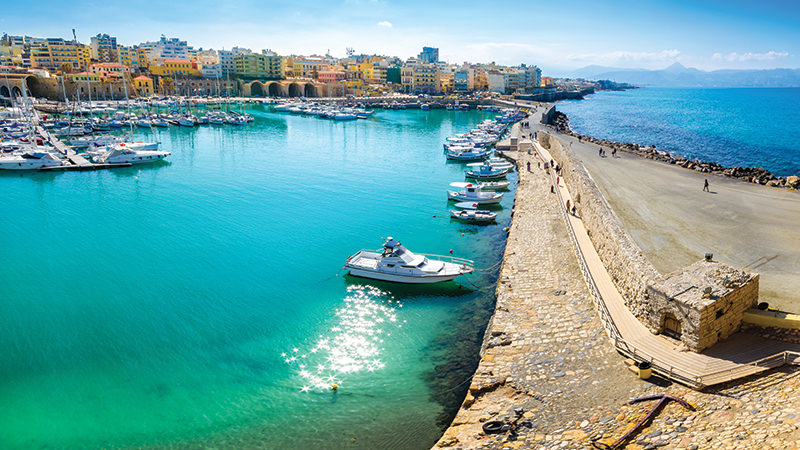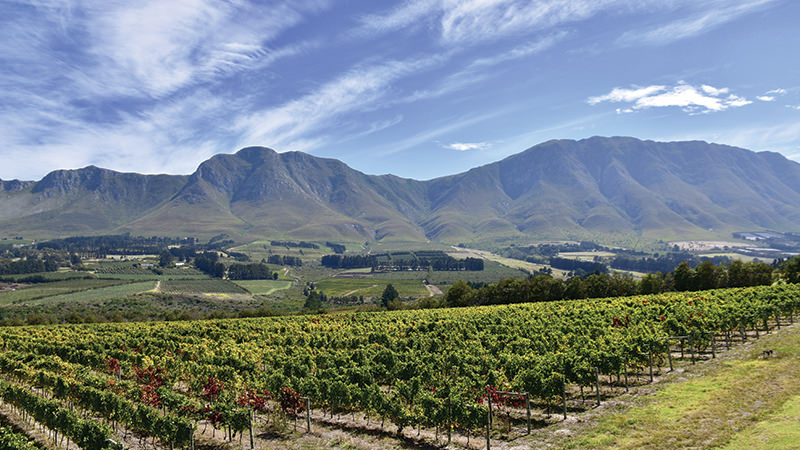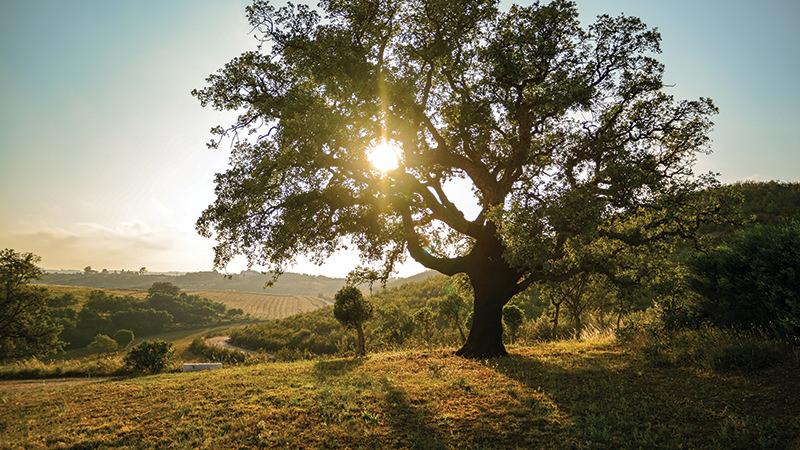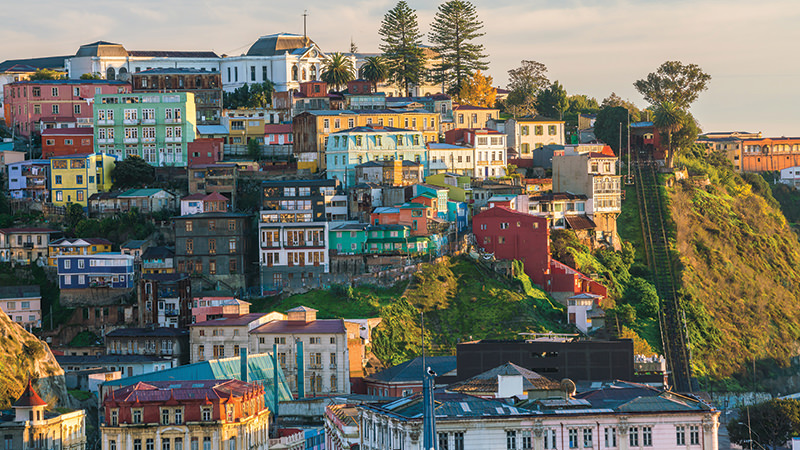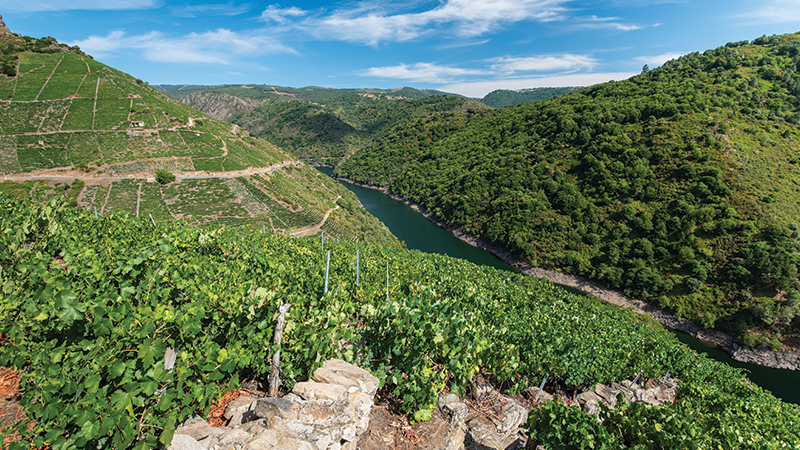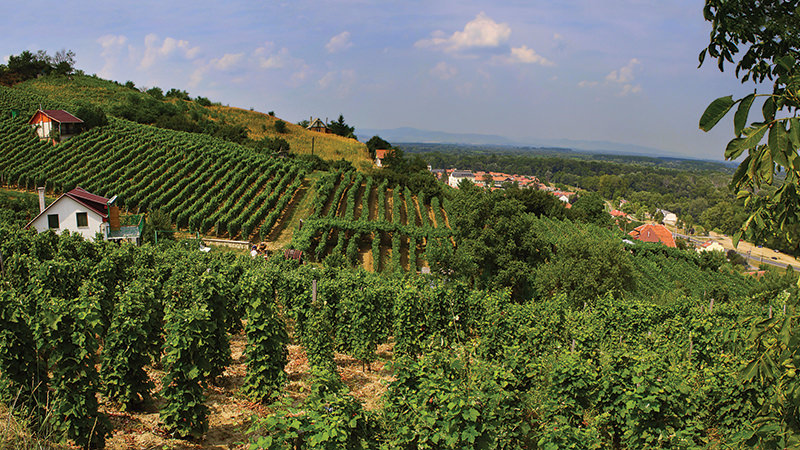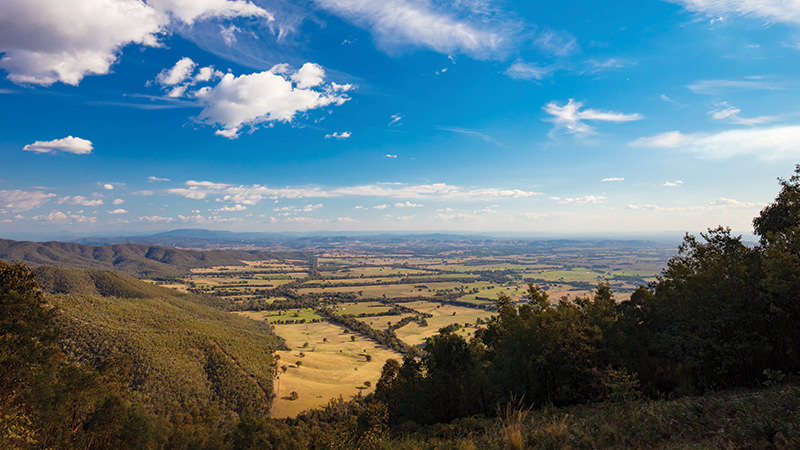
It’s 2018, which means there’s a 12-month-long blank slate in front of you. Why not make this your year of wine travel? Nothing beats the experience of visiting a wine region in person. Winding through vineyards, meeting winemakers face-to-face, and sipping a wine on the grounds where it was grown provides a deeper understanding of that area and its grapes. The world of wine is vast, but some regions are particularly worth exploring now, thanks to their emerging producers, under-the-radar cuisine, and unique cultural attributes.
That’s why we compiled the top 10 destinations that wine lovers should put on their dockets for 2018. Options for adventurers, urbanites, and beachgoers stretch from South Africa to Spain to the South Pacific. If you get to all of them this year, well, consider us wildly jealous. (Also, can we come?)
And if you can’t get to all in 2018, good news: There’s always next year.
Corsica, France
The most exciting island for of-the-moment, hard-to-find wines
Island wine regions are hot right now. Corsica is the latest to garner attention for its dramatic landscape and increasingly high-caliber wines. Coastal vineyards dotted with seaside towns wrap around the perimeter of the island, framed by the sea on one side and mountains rising from Corsica’s center on the other. Here, oenophiles can access wines that are just beginning to trickle into export markets and onto top wine lists like those of Eleven Madison Park in New York and Canlis in Seattle. While winemaking has a long history in Corsica, most wines are consumed locally. Therefore, many winemakers welcome visitors and sell wines at their wineries, giving visitors truly local, once-in-a-lifetime experiences.
For those looking to complement their tastings with other activities, Corsica is a history buff’s dream destination. Ancient eras unfold at archaeological sites across the island, from the 1500 B.C.E. ruins at Filitosa to the 1769 birthplace of Napoleon in Ajaccio. Beaches are aplenty, of course, and the famed GR20 hiking trail is one of Europe’s most difficult. Visitors can reach the island directly by plane, or from southern France by ferry.
Valle d’Aosta, Italy
A hybrid cultural area with breathtaking peaks for those who love the great outdoors
The Valle d’Aosta is a bit of a secret among Italy’s wine regions, often overlooked in favor of the much larger Piedmont region to its south. Flanked by France and Switzerland, mountainous Valle d’Aosta has its own hybrid culture influenced by all surrounding areas. Italian and French are both official languages, and much of the population speaks the local dialect, Valdôtain.
A hub for outdoor adventurers, the Valle d’Aosta is home to some of Italy’s highest peaks, including Mont Blanc. Hiking is as popular in the summer as skiing is in the winter, with the newly erected Skyway Monte Bianco cable car providing gorgeous views of the mountains year-round. From the city of Aosta in the center of the valley, visitors can travel west toward Mont Blanc or east toward Monte Rosa on the Valle d’Aosta wine trail, tasting wines from local varieties like Fumin or Prié Blanc, as well as Italian or Swiss varieties like Petite Arvine or Nebbiolo, and international grapes.
North Coast, California, USA
In the aftermath of 2017’s wildfires, California’s top wine regions are open for business
News coverage of the wildfire outbreaks in Napa, Sonoma, and Mendocino last year had many jumping to worst-case future scenarios, canceling trips to the region or steering clear of its bottles. That’s a mistake. A drive through California’s North Coast reveals that most wineries or vineyards were left untouched, and yet, the area has seen a serious decline in tourism since the wildfires.
Tourism is a key industry in California’s North Coast, which is why it’s now more important than ever to plan a trip. While wildfires spared most wine properties, they hit residential areas hard, leaving many of those employed in the wine and tourism industries without homes. Visitors to Napa, Sonoma, and Mendocino this year won’t just experience great hospitality and wine; they’ll also be making a small difference in helping the people who make it get back on their feet.
Crete, Greece
Local winemakers and chefs return to ancient roots on this affordable island
Greece remains an affordable destination for world travelers, but instead of following the pack to the tourist-filled (though wonderful) Santorini, head to Crete instead. Greece’s largest island has the gorgeous beaches and iconic stone architecture of other islands, but its cities tend to be more cosmopolitan, filled with nightlife and restaurants. The port city of Heraklion, on the northern coast of Crete, anchors the main wine-growing area of the island, where locals place new emphasis on ancient grape varieties and cuisine.
Unlike Santorini, which focuses on Assyrtiko, Crete is still experimenting with its local grape varieties, and for good reason: Many of the grapes found in Crete are unknown to any other world region. Tongue-twisting names like Thrapsathiri, Kotsifali, and Mantilari may seem intimidating, but the wines are wild, varied, and worth exploring. This goes hand-in-hand-with Cretan cuisine, which is founded on foraged ingredients like herbs, seeds, olives, and even snails. Restaurants like Peskesi in Heraklion newly emphasize the Cretan diet, similar to the broader Mediterranean diet but with a wildness and aromatic intensity not found elsewhere in Greece.
Hemel-en-Aarde Valley, South Africa
Seaside adventures abound in the New World’s newest Burgundian region
South Africa is ripe with wine regions, some of which have become popular tourist destinations due to close proximity to Cape Town. Get off the beaten path and head toward the country’s southern coast. The gorgeous Hemel-en-Aarde Valley, aptly translated as “heaven and earth,” is a cool-climate region that produces Burgundian-style wines from Pinot Noir and Chardonnay. If you haven’t heard of it, there’s a good reason why: Until it was made into an official ward 10 years ago, it was just another part of Walker Bay. Now that the Hemel-en-Aarde Valley has garnered status as an individual wine region, new winemakers have landed in the area and followed in the steps of the region’s pioneers to produce complex, balanced wines.
Just an hour and a half southeast of Cape Town, you could visit the Hemel-en-Aarde Valley as a day trip, but an even better idea would be to stay in the coastal town of Hermanus, just down river. Tastings at the region’s excellent wineries, all of which are located quite close to one another, can be interspersed with relaxing sprawls on the beach and seaside adventures like kayaking and whale watching, for which the town is famous.
Alentejo, Portugal
Warm, rural Portugal focuses on nuances within its sub-zones
Skinny Portugal is known for its affordability, inviting cities, and gorgeous coastline, but it’s also blessed with wine regions that cover nearly the entire country. Easy-to-navigate bus and train transit allows even those who don’t speak a lick of Portuguese to confidently explore the country’s winemaking diversity. Americans primarily associate Portugal with fortified Port wine, but regions like the large Alentejo create intriguing dry wines from indigenous varieties.
Historically a value-oriented, homogenous region making rich reds and fruity whites, Alentejo producers are now exploring the nuances that the area’s eight sub-zones can create. The Alentejo Wine Route takes travelers through all of them, from the cooler Portalegre in the north to the warmer Moura in the south, while traversing hilltop villages and ancient ruins. The city of Évora is an excellent home base for travelers, and the region happens to have one other claim to fame: Alentejo is one of the world’s cork-farming hubs, with forests for visitors to explore and cork products beyond wine.
Casablanca Valley, Chile
A vibrant street art scene plus serene, cool-climate winemaking
Chile’s cool, hilly Casablanca Valley is the country’s top region for crisp, fruit-forward white wines, but before the 1980s, winemaking was almost nonexistent. What was once farmland now houses modern wineries with welcoming cellars and tasting rooms. Most wineries offer picnic sites for visitors to sip the Casablanca Valley’s signature Sauvignon Blanc and Chardonnay against the serene, green backdrop.
Travelers could stay in bustling Santiago, an hour east of Casablanca, but the far more exciting proposition is to bunk in coastal Valparaíso, the vibrant port city that Nobel Prize-winning poet Pablo Neruda once called home. Art takes center stage here, not only through modern galleries, music-filled bars, and the annual Valparaíso Arts Festival, but on the streets themselves. Graffiti leaps off the colorful buildings, a point of pride for most locals. Some companies offer formal tours of the scenes, but it’s all free to anyone with an adventurous spirit and solid walking shoes.
Galicia, Spain
Get to know the light reds and stellar whites of Spain’s most exciting wine region
Situated just north of Portugal, this corner of Spain is unlike any other in the country. Its coastal Rías Baixas region is generally considered a standard-bearer for its Albariño wines, but the entire area is poised with fresh energy right now. Green, wet, and cool, Galicia is home to five wine regions, most of which specialize in acid-driven whites. But dramatically sloped Ribeira Sacra recently garnered attention for its complex, mineral-driven reds.
Historically, Galicia was famous not for its wine, but for religious pilgrimage: The area is part of the Camino de Santiago, a 500-mile route across northern Spain. (More than 270,000 sojourners made the trek in 2016 alone.)
Tokaj, Hungary
Europe’s oldest classified wine region explores dry-wine frontiers
For centuries, Tokaj has produced some of the world’s most famous sweet wines, revered first by nobles before becoming Europe’s first classified wine region. Years of communist rule held back its wine industry from progressing until the 1990s. Now, winemakers in Tokaj are garnering attention not only for the nectar-like Tokaji, but also for dry wines from local grapes like Furmint and Hárslevelű.
Located two hours east of Budapest, most of Tokaj’s vineyards surround an ancient volcano, their cellars carved into volcanic rock. A car is definitely necessary to get around, as are appointments for tastings; but the benefit is that visitors often get one-on-one tours with winemakers. New energy is surging into Tokaj, making 2018 the perfect time to experience it.
Beechworth, Australia
A Gold Rush-era town offers both historical charm and wine innovation
Australia’s Victoria wine region, which fans out from the city of Melbourne, is home to some of the country’s top cool-climate wine regions. Some, like Mornington Peninsula and the Yarra Valley, cozy right up next to the bustling city. Beechworth requires a three-hour drive northeast, but it’s well worth the effort to experience this under-the-radar, gastronomic getaway.
The hot Rutherglen region, famed for its sticky-sweet wines, borders Beechworth to the north. But because the Gold Rush-era town is located at the foot of the Victorian Alps, there is a cool climate influence to the wines. While the majority of Beechworth’s production is red, it has become a standout region for Chardonnay. Other specialties include Shiraz and local Italian varieties like Sangiovese.
